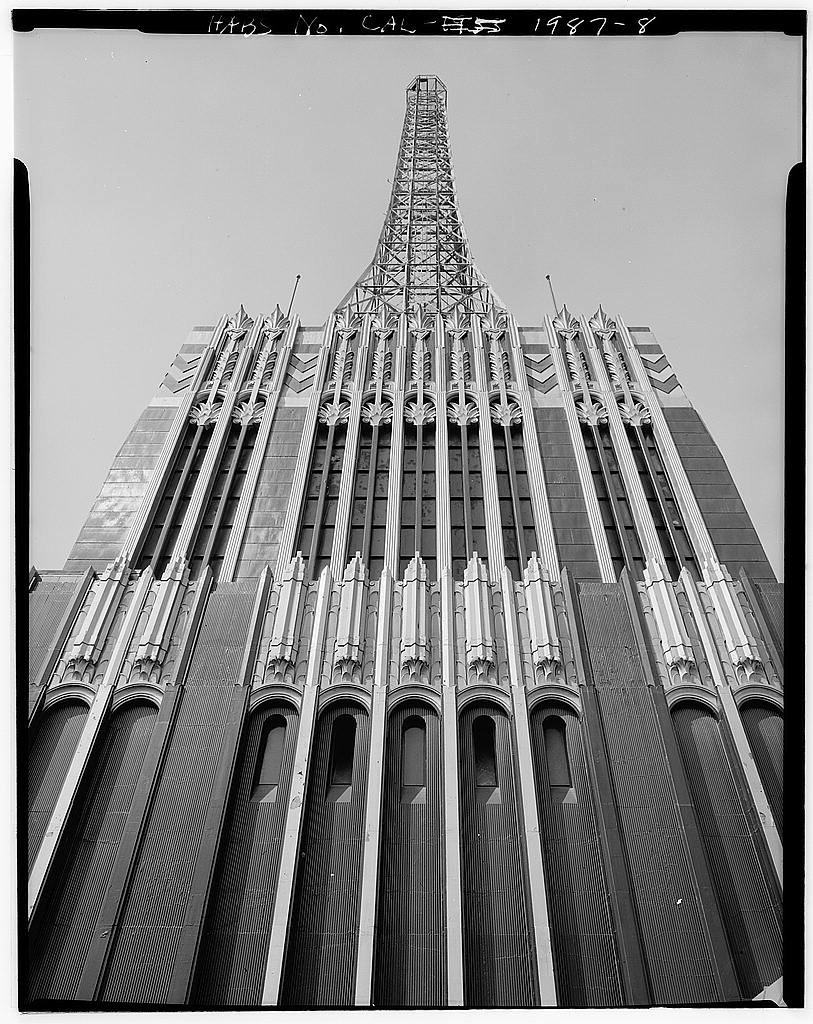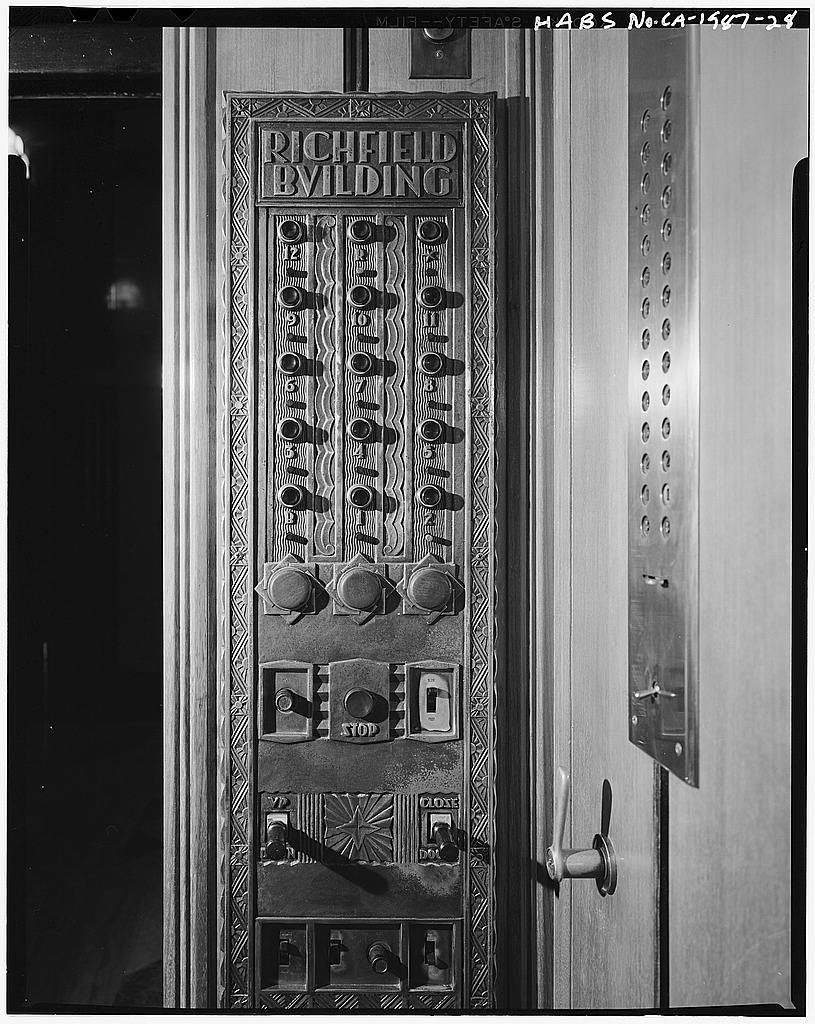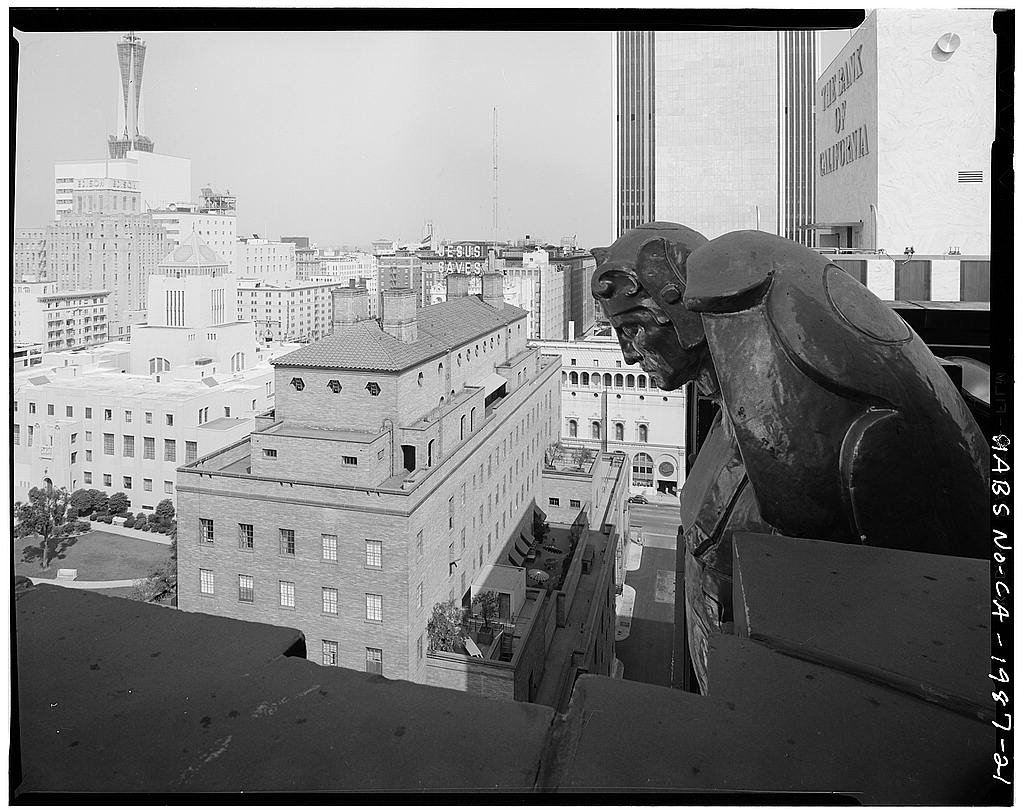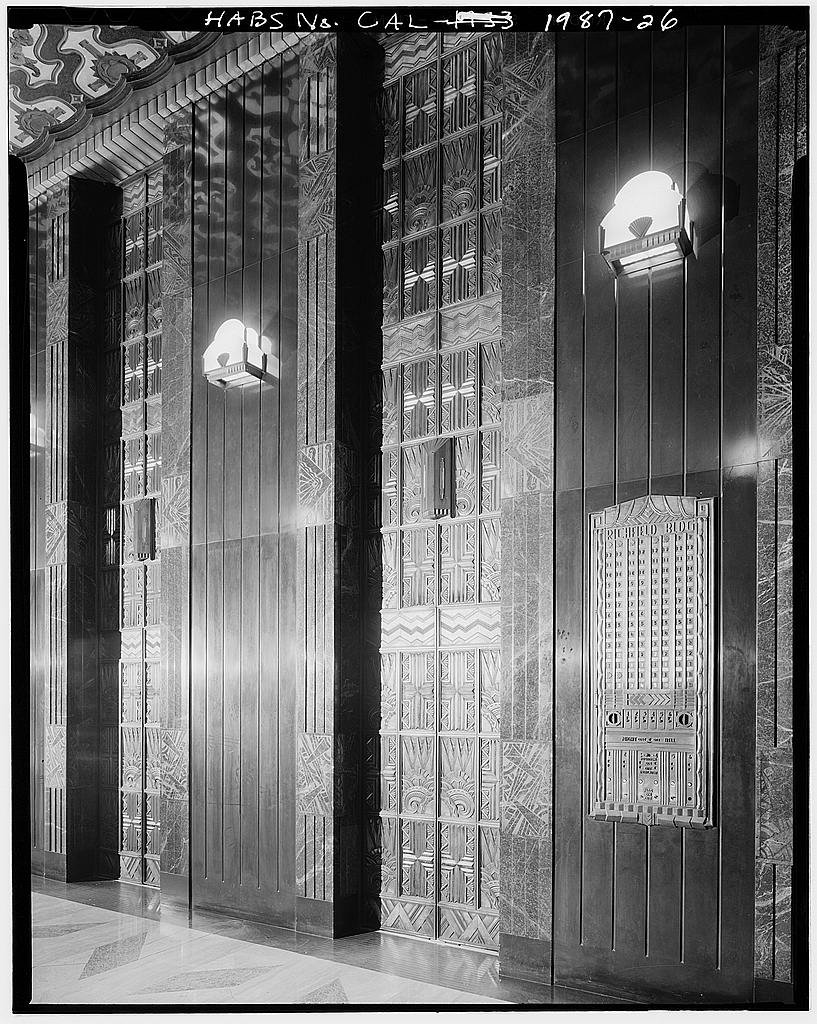A Look Inside the Richfield Tower's Ornate Elevator Lobby
The Richfield Tower, located in the heart of downtown Los Angeles, is a striking example of 1920s Art Deco architecture. Completed in 1929, the building served as the headquarters for the Richfield Oil Company and is known for its intricate details and opulent design. One of the most striking features of the building is the elevator lobby, which is a true masterpiece of Art Deco design. With its brass details, ornate stone work and luxurious feel, the elevator lobby is a step back in time and a testament to the elegance and grandeur of the era. In this article, we'll take a closer look inside the Richfield Tower's elevator lobby and explore the history and design elements that make it so unique.
The Richfield Tower's elevator lobby is a true work of art, featuring intricate details and ornate design elements that are consistent with the Art Deco style of the building. The use of brass and stone in the elevator lobby adds to the opulence and luxury feel of the building, and serves as a symbol of the wealth and success of the Richfield Oil Company during the 1920s. The elevator lobby is also a testament to the era's love of ornate and luxurious details, which can be seen in the building's overall design.
The elevator lobby's brass details include the elevator doors and trim, which are adorned with geometric patterns and stylized floral designs. The stone work in the elevator lobby is equally impressive, featuring intricate patterns and designs that are reminiscent of ancient Egyptian, Mesoamerican, or Aztec motifs. The combination of brass and stone work creates a sense of grandeur and opulence that is fitting for the Art Deco style.
Art Deco elevator interiors in the 1920s were known for their luxurious and ornate design. They were a reflection of the wealth and success of the era and were often seen as a symbol of opulence and grandeur. The use of materials such as brass, chrome, and marble, as well as intricate geometric patterns and stylized floral designs, were common in Art Deco elevator interiors.
The Richfield Tower's elevator interiors feature rolled aluminum perimeter light cove with Art Deco medallions above vertical grain wood veneer wall panels. The Art Deco medallions above the wall panels are also noteworthy, as they add to the feeling of luxury and opulence, and feature intricate geometric patterns and stylized floral designs. The use of wood veneer for the wall panels adds warmth and richness to the overall design.
Another feature to note is the ornately decorative control panel, which features the name of the building prominently. The control panel is a work of art in its own right, with intricate details and ornate design elements that are consistent with the Art Deco style. The use of brass and chrome, as well as the prominent display of the building's name, make the control panel a true standout feature of the elevator interiors.
The archive photos and records of the Richfield Tower's elevator interiors provide a glimpse into the opulence and grandeur of the Art Deco era. The elevator interiors showcase the use of luxurious materials, intricate details and ornate design elements that were common in the elevators of the 1920s. The building's preservation of the elevator's interiors make it a rare gem that showcases the elegance and luxury of the Art Deco era.
The elevator and lobby design is not only a nod to the past but it's also a piece of history that has been preserved to this day. The building has undergone several renovations over the years but the elevator lobby's design has been preserved to maintain its original beauty and grandeur. It is a rare gem that showcases the elegance and luxury of the Art Deco era.
The Richfield Tower was demolished in 1968, but the massive bronze doors that adorned the building's elevator lobby were saved and are now on display at City National Plaza in Los Angeles, California. The doors, which were originally installed in 1929, were designed to reflect the Art Deco style of the building, and feature intricate geometric patterns and stylized floral designs. They are a testament to the building's history and design, and serve as a reminder of the elegance and grandeur of the Art Deco era.
The doors' preservation is a valuable way of preserving the memory of the building and the Art Deco era, and it also serves as a reminder of the building's history and the time it was built in. They are a valuable cultural heritage that can be appreciated by the public and visitors to City National Plaza.
In conclusion, the Richfield Tower's elevator lobby is not just a functional space, but an artful masterpiece that showcases the elegance, grandeur, and luxury of the Art Deco era. It's a true testament to the building's history and design, and a glimpse into the past that is well worth seeing.



























